Val d’Isère is a valley of delights
Matthew Partridge reviews Airelles Val d’Isere and Hotel Mont-Blanc in the famous French ski resort


As my cable-car gondola ascended into the fog, leaving me with just the occasional glow of a distant light, I wondered what would happen. Would I disappear, never to be seen again, or would I arrive at the station only to be greeted by Oddjob?
Let’s take a deep breath and start at the beginning. Airelles Val d’Isere is one of the most famous resorts in the French Alps. Unlike most other skiing areas, it wasn’t created from scratch a few decades ago. Instead, it was first inhabited in Roman times. Even today, its oldest building dates from the 12th century, while the local church, dedicated to Saint Bernard of the Alps, was built in 1664.
The resort is described as “family-plus”, which means that it has a range of facilities that everyone can enjoy, from a sports complex to museums, cinema and a centre that is regularly used for conferences. It also plays host to various festivals, such as the prestigious International Adventure & Discovery Film Festival in April. But it is for skiing that Airelles Val d’Isere is, of course, most famous.
MoneyWeek
Subscribe to MoneyWeek today and get your first six magazine issues absolutely FREE

Sign up to Money Morning
Don't miss the latest investment and personal finances news, market analysis, plus money-saving tips with our free twice-daily newsletter
Don't miss the latest investment and personal finances news, market analysis, plus money-saving tips with our free twice-daily newsletter
An elevation of around 1,785 metres at the base, rising to 3,500 metres at the highest peak, means that the winter season typically runs for nearly half the year, from the start of December to early May. There are around 300 kilometres of skiing trails in the wider area, while local slopes range from gentle nursery and beginner inclines to red and black runs for more advanced skiers.
Confident skiers can even tackle “La Face”, the course used during the 1992 Winter Olympics and 2009 World Championships, although as a near-complete beginner, I was nowhere near the level of Eddie the Eagle, let alone gold medal standard.
Still, with some expert tuition from Martin Rebord of Evolution 2 Airelles Val d’Isere, I was sufficiently able to master snow ploughs to be able to tackle one of the gentler, “green” slopes.
Cool off with a glacial dip
After several hours vigorous exercise in the thin air, I felt a cool down was in order. Fortunately, Evolution 2’s Alban Michon had just the solution – a dip in the ice-cold waters of a glacier. This involved putting on a cold-water drysuit over my clothing and lowering myself into the water. It may sound fearsome, but the buoyancy of the suit meant that it was actually extremely relaxing. I nearly drifted off.
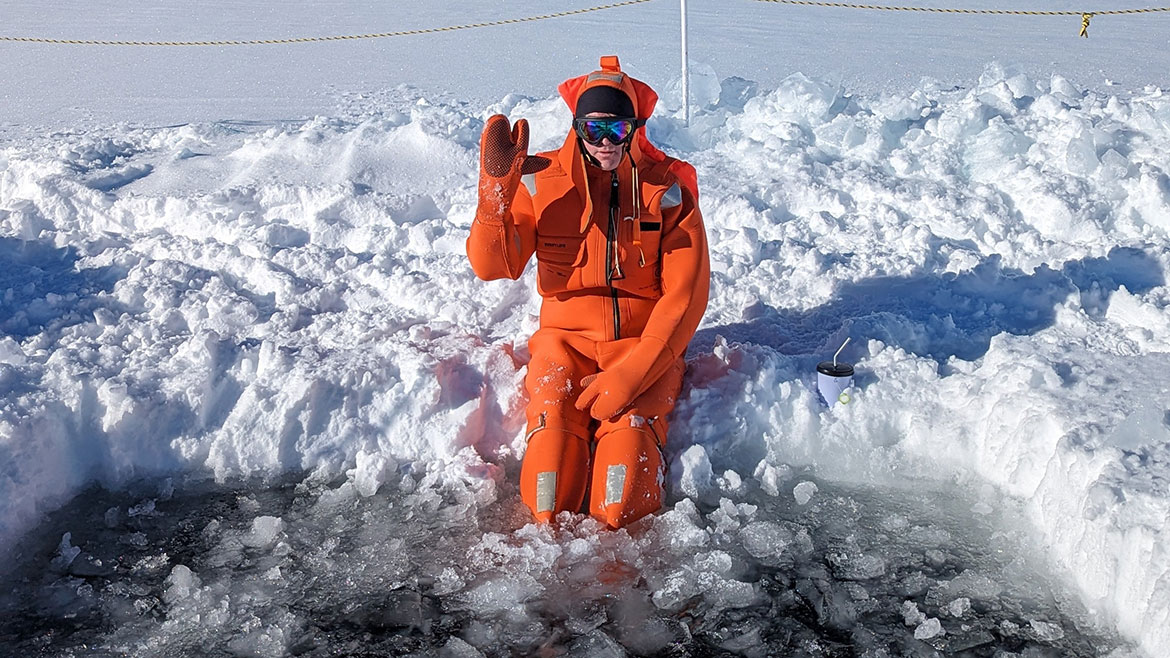
Matthew Partridge took the plunge
But it was the snowshoeing that really captured my imagination. By attaching special bindings to your hiking boots that spread your weight and give you extra grip, you can hike and even ascend wild snow-covered areas that would normally be inaccessible.
My guide Rafaelle Fornos took me on a walk, starting at nearby Fornet, which not only took in remarkable views of the valley, but also glimpses of mountain wildlife, including Alpine chamois, bouquetin (ibex) and rock ptarmigan.
For those who prefer something less strenuous, a trip to a local farm might be in order. La Ferme de l’Adroit, run by a third-generation farmer, allows you to visit the farm animals and also runs a shop selling a selection of handmade cheeses and local produce.
Val d’Isère's many excellent hotels
Airelles Val d’Isere has a wide range of accommodation options to suit every taste, budget and party size. Hôtel Chalet Mont Blanc, where I chose to stay, is located near the centre of the village.
The rooms are comfortable and well stocked with everything a traveller needs, including bathrobes and slippers. The rooms also have balconies with far-reaching views. As well as standard rooms, it offers suites, duplexes and apartments for larger groups.
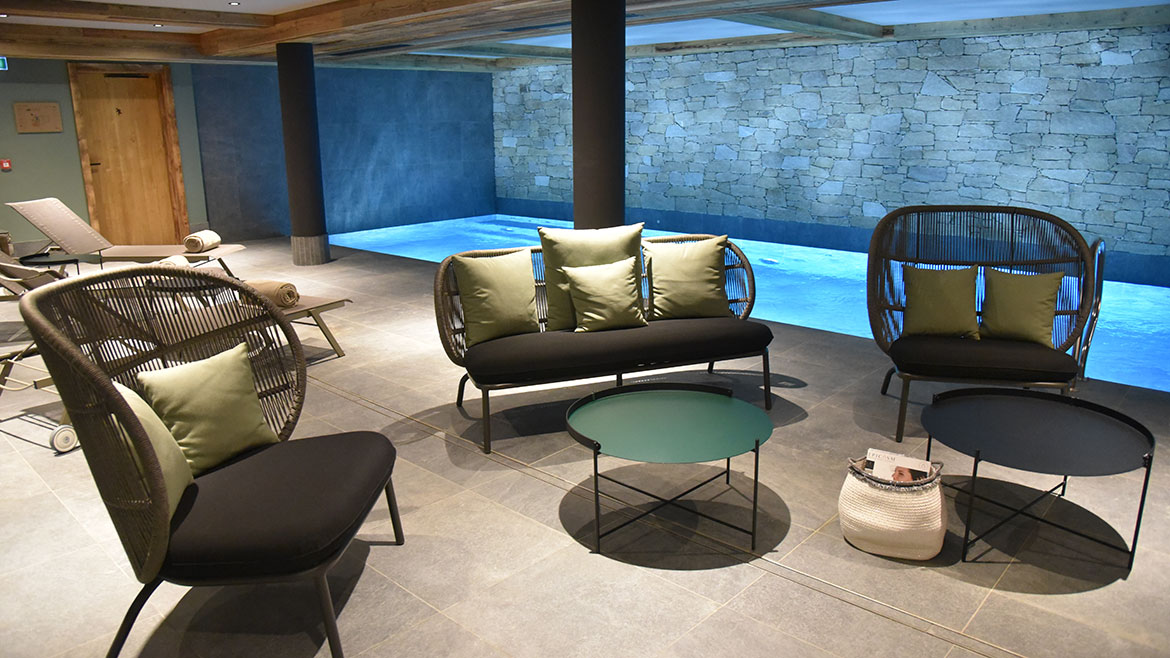
The spa at Hôtel Chalet Mont Blanc
The hotel has a ski shop onsite, providing everything you might need for a day’s activities on the slopes, including accessories and equipment for hire. After guests have left the slopes for the day and stored their equipment in the lockers provided, they can enjoy the hotel’s other facilities.
These include a gym for the fitness conscious and, for those who want to unwind, a swimming pool, sauna and spa. There is also a bar and restaurant that offers a comprehensive buffet breakfast.
However, if you want to upgrade your holiday from being simply memorable to becoming a once-in-a-lifetime trip, I’d strongly recommend Airelles Val d’Isere. It is located at the bottom of the two main slopes (also with an onsite ski shop), and you are greeted by liveried staff – it’s clear that this hotel is something special from the moment you arrive.
Every one of the 41 luxurious rooms and suites, as well as five apartments, was created by the acclaimed interior designer Christophe Tollemer to be spacious and elegant. The living room in my suite had a balcony with a breathtaking panorama of the mountains.
It’s the little things...
The hotel also sets itself apart with its attention to detail, which, as the aphorism goes, doesn’t just satisfy your wishes, but anticipates them, including a few you didn’t know you had.
In some cases, this involves a series of subtle touches, from the hotel notepaper that was monogrammed with my initials to the sculptures mounted on the wall of my bathroom, and the silver tray piled high with pastries and delicacies for me to sample.
It also revealed itself in the way the staff were on hand to offer me a glass of water and sunglasses, both of which are necessary given the sunshine and dry mountain air.
The range of facilities is similarly impressive. Having a dedicated room where young children can play on their own while their parents ski or go out to dinner is a good idea. However, Airelles Val d’Isere doesn’t just have a playroom for children, it also has a separate one for teenagers, as well as a cinema room.
Likewise, the treatments in the hotel’s spa didn’t just include an ordinary massage, but rather a bespoke one that was tailored to how I was feeling and whether I wanted to relax or be invigorated.
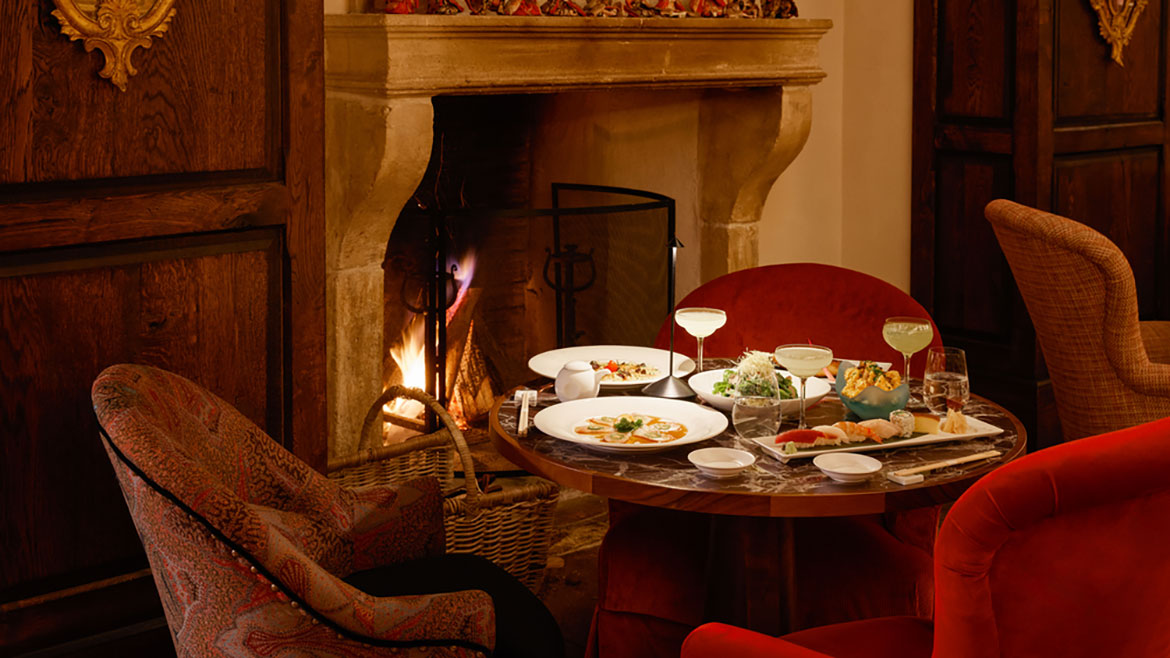
Matsuhisa serves fine Japanese cuisine
So, it probably comes as no surprise that the hotel has no less than five restaurants. These include the restaurant Matsuhisa, which serves Japanese cuisine, such as the spicy beef fillet with teriyaki sauce and wasabi pepper that I selected.
Another restaurant, Loulou Val d’Isère, serves Mediterranean cuisine, including sea bass, either inside or on the terrace. For me the highlight was La Grande Ourse, also on the terrace. This restaurant has a menu offering many traditional Savoyard dishes, including my first (but definitely not my last) tartiflette – an omelette-style mixture of bacon and onions, cheese and cream (but without eggs).
Licensed to thrill
Even though the food in Airelles Val d’Isere is truly amazing, it is still worth stepping outside the hotel to take advantage of the choices on offer in the village of Val d’Isère itself. One new restaurant that you should definitely explore is L’Alpin, which is just a few minutes away from the hotel on the main street (a route that also takes you past landmarks, such as the church and the oldest house).

Airelles Val d'Isère is something special
L’Alpin has a menu that is full of local specialities. I enjoyed a plate of tasty garlic-infused escargot washed down with a glass of local wine, which I followed with a pistachio tart.
However, in terms of sheer adventure, nothing comes close to Gigi Rigolatto, a restaurant that is part of the luxury Le Refuge De Solaise hotel, which is located in the old cable-car station on the top of the mountain overlooking the village.
This not only makes Le Refuge De Solaise the highest-altitude hotel in the whole of France, but it also means that it gets the most hours of sunshine anywhere in Val d’Isère, in addition to being able to boast sweeping views of the valley below.
However, a rare foggy night, such as the one I experienced, transforms the journey to get there. That involves taking an evening cable car to the top, and then a short escalator down – an adventure worthy of a James Bond film.
Both the hotel, which I briefly toured, and the food managed to live up to the expectations created on the way up. Gigi, located only a few kilometres from the border with Italy, focuses on Italian cuisine. I greatly enjoyed my roasted scallops with creamy pecorino polenta, which I combined with the restaurant’s signature “Gigi Bueno” chocolate nut desert.
A brief trip in a snowmobile back to the cable-car station rounded off the night. As the lights of the village below and the sounds of the après-ski finally began to carry through the mist, I reflected on a trip that had exceeded my expectations in every respect.
Matthew was a guest of Val d’Isère Tourist Office. From €1,200 a night for a premier room at Airelles Val d’Isère, half-board, including a unique alpine experience. From €250 at Hotel Mont-Blanc. See Evolution 2 for ski activities.
Get the latest financial news, insights and expert analysis from our award-winning MoneyWeek team, to help you understand what really matters when it comes to your finances.

-
 Review: A cultural tour of North India
Review: A cultural tour of North IndiaTravel Jessica Sheldon explores North India's food and art scene from three luxurious Leela Palace hotels in New Delhi, Jaipur and Udaipur
-
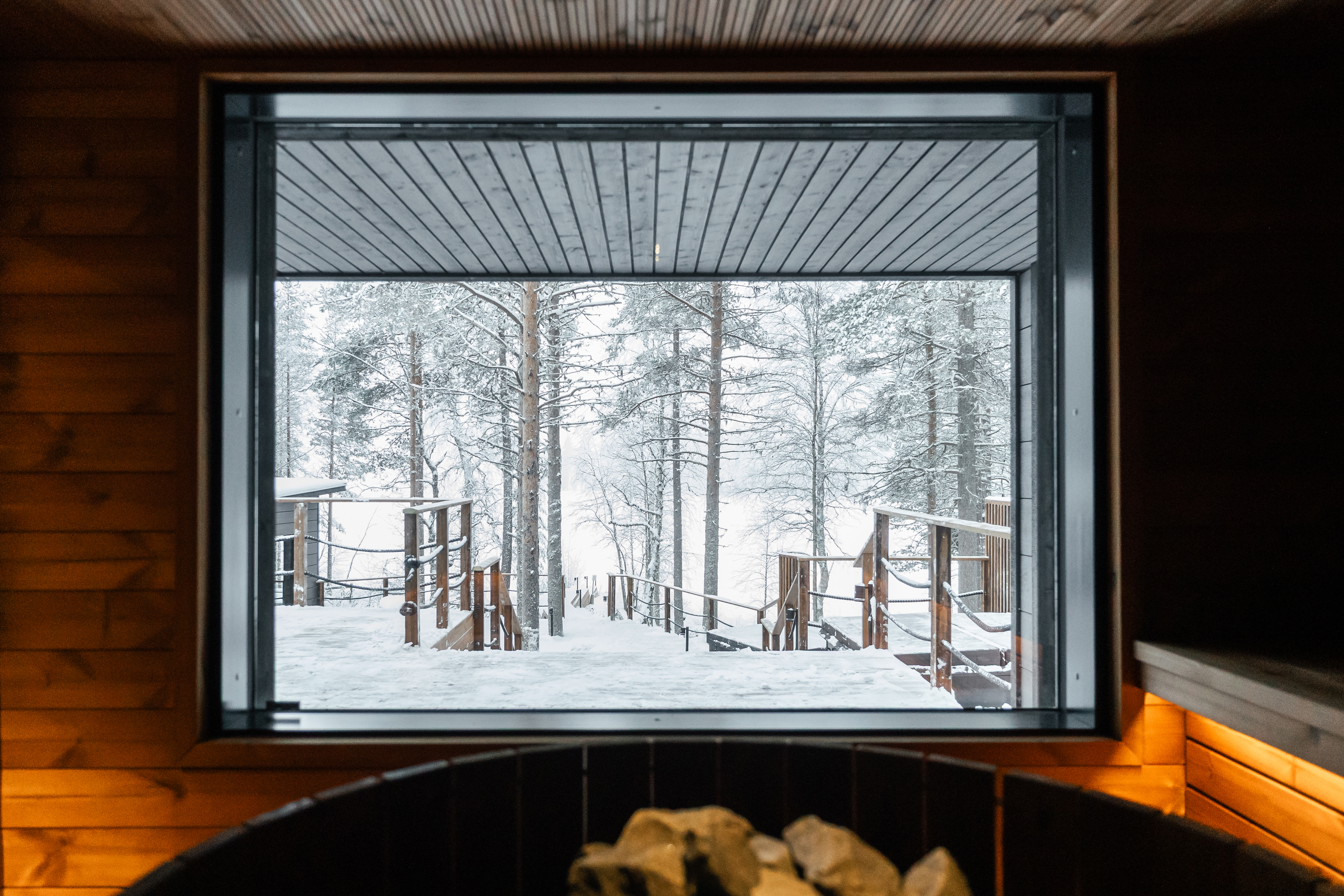 The best luxury saunas, spas and icy plunges
The best luxury saunas, spas and icy plungesRestore your mind and body with luxury fire and ice experiences, from warming saunas to icy plunges
-
 8 of the best properties for sale with indoor gyms
8 of the best properties for sale with indoor gymsThe best properties for sale with indoor gyms – from a four-storey mews house in London’s Knightsbridge, to a 1920s Arts & Crafts house in Melbury Abbas, Dorset
-
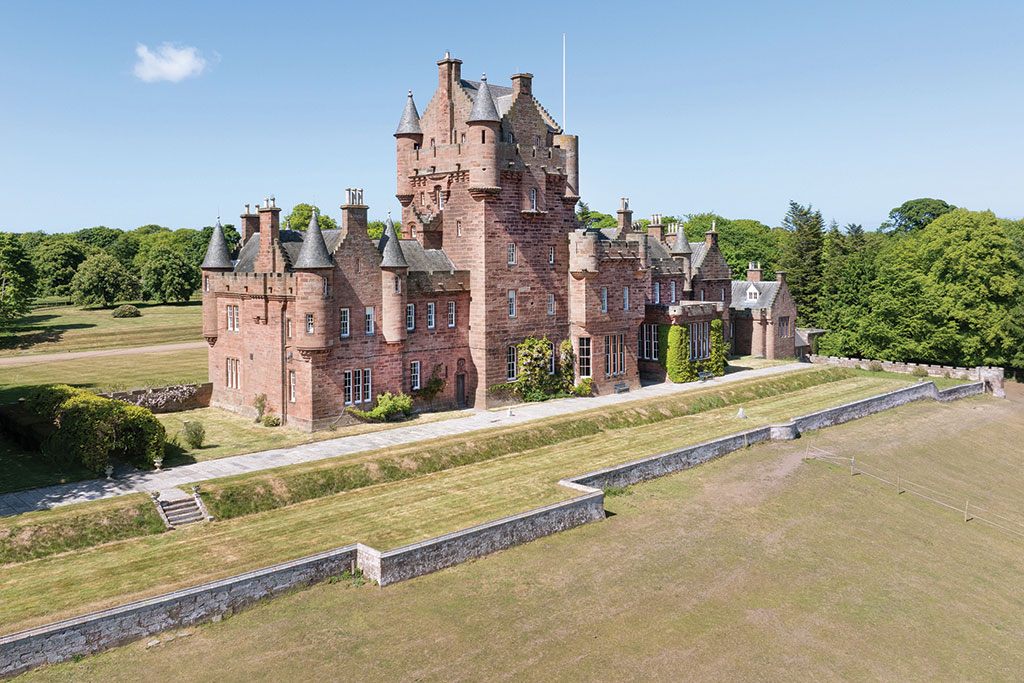 8 of the best houses for sale with beautiful fireplaces
8 of the best houses for sale with beautiful fireplacesThe best houses for sale with beautiful fireplaces – from a 15th-century cottage in Kent to a 17th-century palazzo in Oxfordshire
-
 The top last-minute Christmas gifts
The top last-minute Christmas giftsIt’s not too late to give the perfect present this festive season – we round up a selection of last-minute Christmas gifts worth giving
-
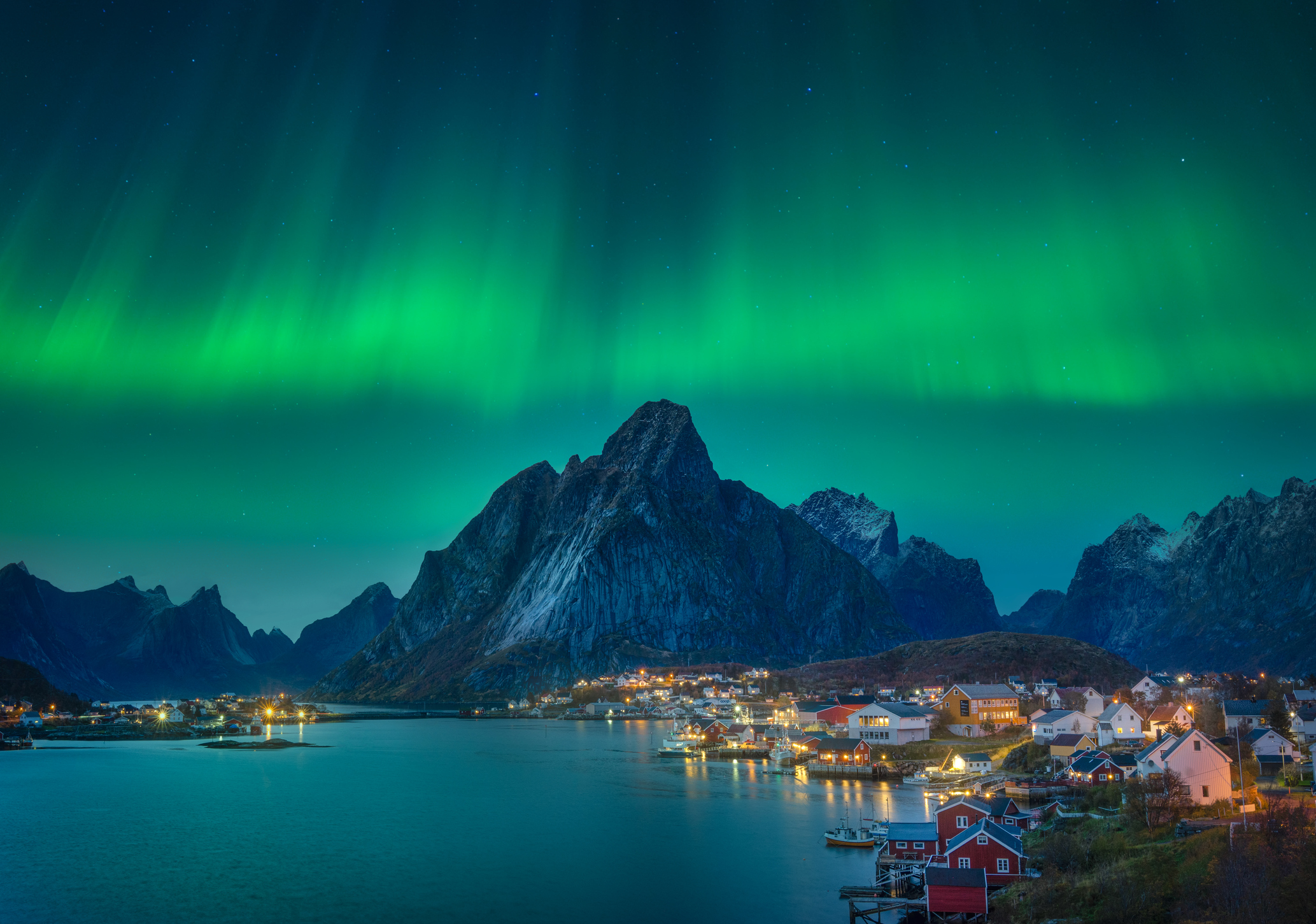 Lights, camera, action: Where to see the Northern Lights
Lights, camera, action: Where to see the Northern LightsThe Northern Lights are the most spectacular they’ve been in years. Here’s where to see them
-
 8 of the best ski chalets for sale now
8 of the best ski chalets for sale nowThe best ski chalets on the market – from a traditional Alpine-style chalet in Switzerland to an award-winning Modernist building in Japan’s exclusive ski areas
-
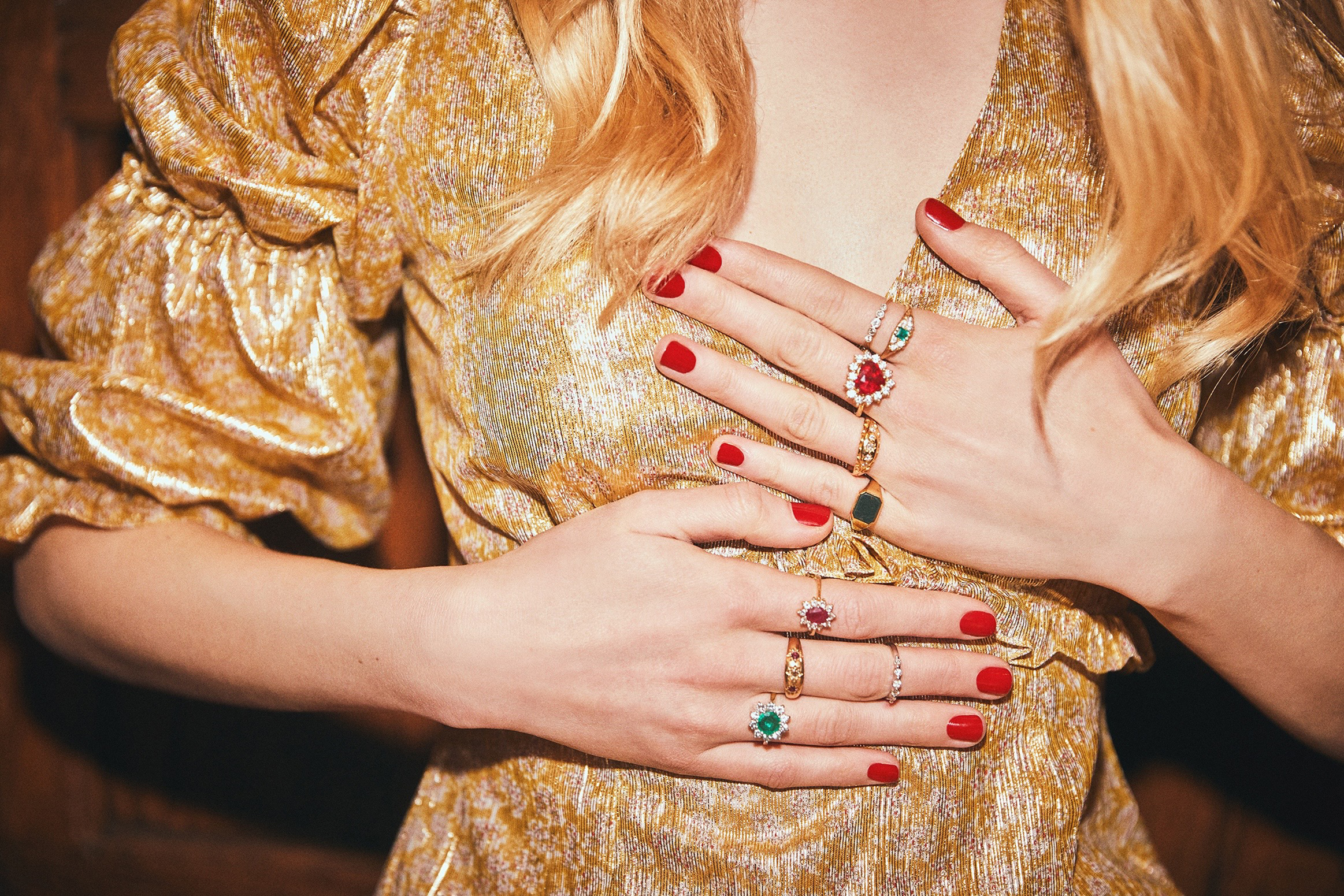 The best Christmas gifts for your loved ones
The best Christmas gifts for your loved onesWe round up the best Christmas gifts with a touch of luxury to delight, surprise and amaze family and friends this festive season

